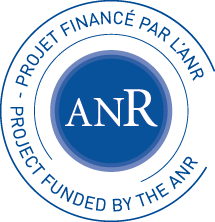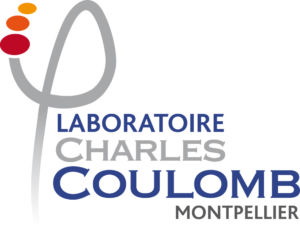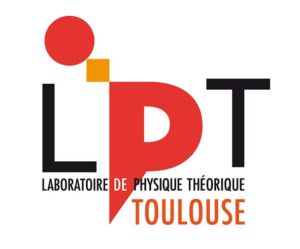« IONESCO » Project (2019-2023)
Coupling between ionic and electronic transport in single wall carbon nanotubes
 Many natural phenomena, whether they concern the living or inanimate world, rely on the transfer of fluid matter through pores or channels whose size is of the same order of magnitude as that of molecules, or even that of simple ions, i.e., in the nanometre range. An extremely important example concerns processes that allow living cells to exchange ions such as sodium, potassium or calcium across biological channels and thus to communicate via electrical signals with their surrounding environment.
Many natural phenomena, whether they concern the living or inanimate world, rely on the transfer of fluid matter through pores or channels whose size is of the same order of magnitude as that of molecules, or even that of simple ions, i.e., in the nanometre range. An extremely important example concerns processes that allow living cells to exchange ions such as sodium, potassium or calcium across biological channels and thus to communicate via electrical signals with their surrounding environment.
These phenomena do not necessarily obey the physical laws observed when the transport of fluids takes place at larger scales, i.e. micrometric and beyond. In particular, it was experimentally noted that the confinement of molecules or ions in nanoscopic spaces could lead to faster or more selective transfers than those expected from the physical models usually used; i.e., the reduced size of these pores and the molecular and ionic interactions with their surface could act as a filter allowing only certain molecules or ions to pass through. The terms molecular or ionic sieves are sometimes used. Basically, these experimental differences between the nanoscopic and macroscopic worlds are ascribed to the role played by surface phenomena which become predominant with respect to the bulk properties of the fluid “travelling” through the nanopores. At these nanoscopic dimensions, the impact of the surface and geometry of the porosities is therefore essential.
In the last decades, intensive research has therefore aimed at a better understanding of these phenomena, on the one hand, and at creating new materials or objects likely to use these remarkable properties of matter confined at the nanoscale, on the other. The IONESCO project is part of this approach.





